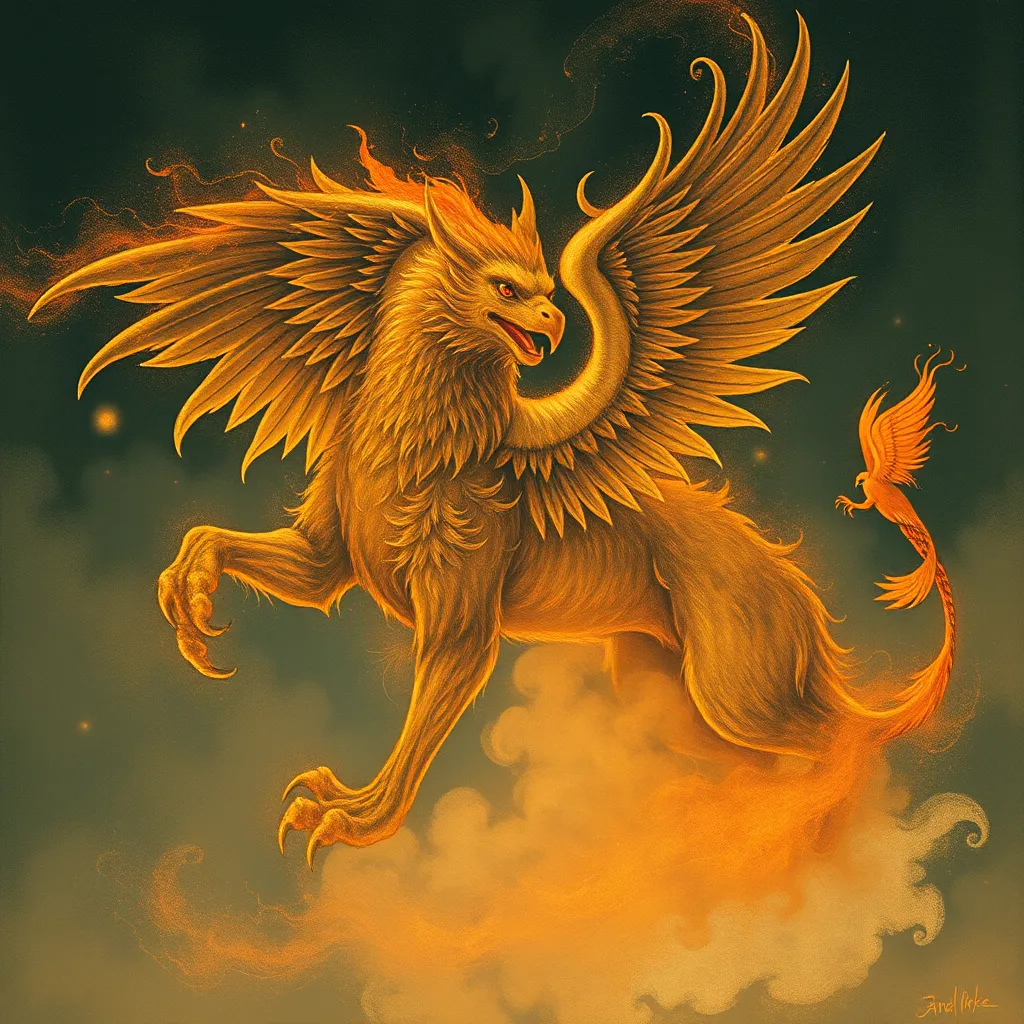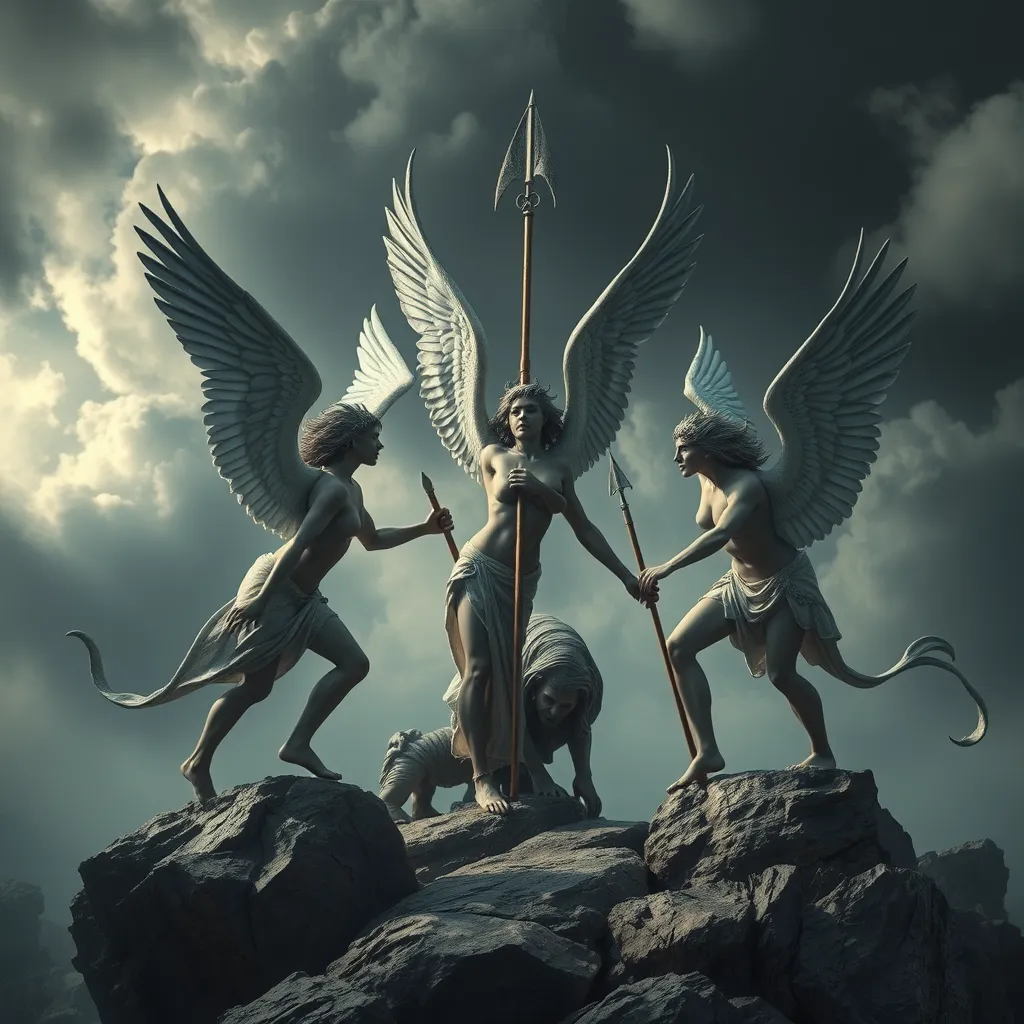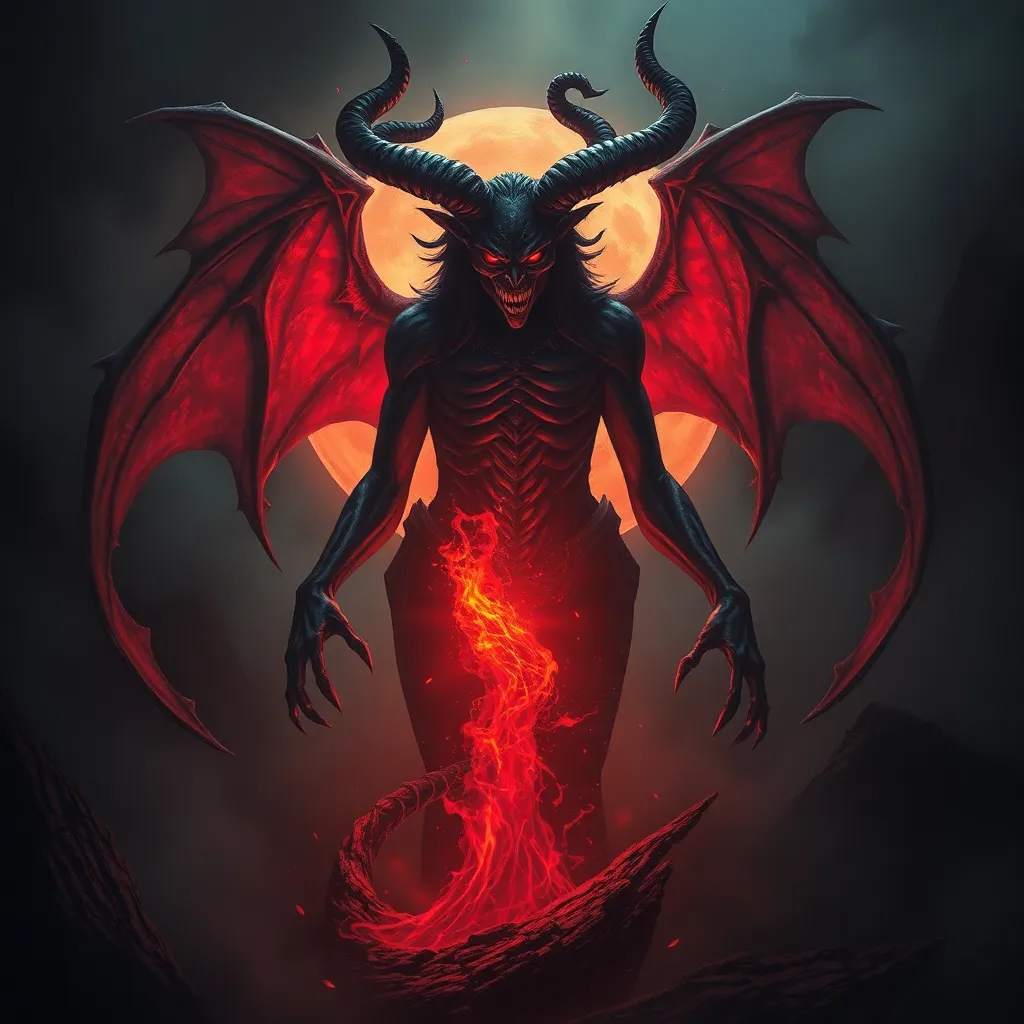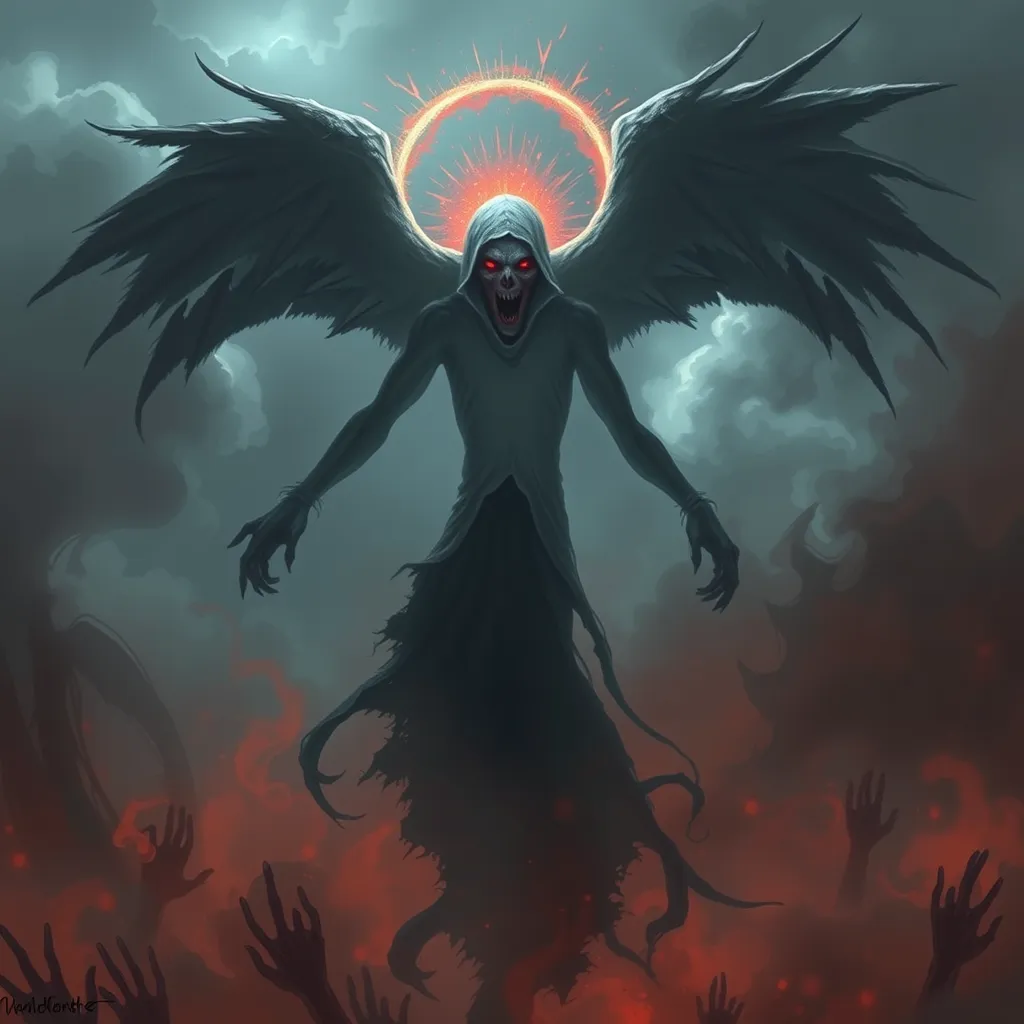The Griffin’s Influence on Indian Art and Literature
I. Introduction
The Griffin, a legendary creature with the body of a lion and the head and wings of an eagle, has captured the imagination of cultures worldwide. Its significance varies across different societies, symbolizing strength, wisdom, and protection. In the context of Indian art and literature, the Griffin has undergone an intriguing transformation, blending its Western origins with the rich tapestry of Indian culture.
This article aims to explore the arrival, adaptation, and influence of the Griffin in Indian art and literature. We will delve into its historical context, symbolic interpretations, and its role in both ancient and contemporary narratives, highlighting how this mythical beast has enriched Indian cultural heritage.
II. Historical Context of the Griffin in Indian Culture
The Griffin’s origins can be traced back to ancient mythologies, particularly in the regions surrounding the Mediterranean and the Near East. Ancient civilizations, such as the Greeks and Egyptians, revered the Griffin for its protective qualities, often associating it with deities and royal insignia.
As trade routes expanded, cultural exchanges between the East and West flourished, bringing artifacts, stories, and artistic influences across borders. The Silk Road, in particular, played a pivotal role in the introduction of the Griffin into Indian consciousness. Historical records suggest that early representations of the Griffin began appearing in Indian art during the medieval period, often incorporated into temple sculptures and frescoes.
III. Symbolism of the Griffin in Indian Art
In Indian art, the Griffin has evolved to embody various symbolic meanings. Primarily, it is interpreted as a symbol of power and protection, reflecting the duality of strength and vigilance.
Examples of Griffin motifs can be found in:
- Traditional Indian sculpture, where Griffins are depicted guarding entrances to temples.
- Architectural elements, especially in Indo-Islamic structures, where they serve as decorative and protective symbols.
- Textiles and paintings, where the Griffin is woven into patterns or illustrated in mythological scenes.
IV. The Griffin in Indian Literature
The Griffin’s presence in Indian literature is both fascinating and diverse. In ancient texts, references to the Griffin can be found in folklore and mythological stories, often portraying it as a guardian of sacred spaces or treasures.
In contemporary Indian literature, the Griffin has been reimagined as a character that embodies themes of adventure, conflict, and the struggle between good and evil. Some notable aspects include:
- Its appearance in modern fantasy novels, where authors draw on its mythical background to create engaging narratives.
- Poetry that uses the Griffin as a metaphor for aspiration, strength, and the fusion of different cultural identities.
The analysis of literary themes involving the Griffin reveals its role as a bridge between the ancient and the modern, reflecting evolving societal values and cultural dialogues.
V. Comparative Analysis: The Griffin and Other Mythical Creatures
When comparing the Griffin to other mythical beings in Indian mythology, such as Garuda (the eagle deity) and Naga (serpent beings), similarities and differences emerge. While all three creatures possess protective qualities, their representations and narratives vary significantly:
- Garuda: Often depicted as a divine bird, Garuda symbolizes speed and the power to overcome evil.
- Naga: Represented as serpentine beings, Nagas embody water and fertility, often portrayed in relation to the earth and nature.
The Griffin’s role in the cross-cultural exchange of mythical narratives showcases how these creatures have influenced modern interpretations of mythology in Indian storytelling. Its unique blend of avian and terrestrial characteristics often inspires creative reinterpretations in literature and art.
VI. Modern Interpretations and Representations
In contemporary Indian art movements, the Griffin continues to inspire artists, serving as a symbol of identity and cultural fusion. Artists experiment with Griffin motifs in various mediums, from painting to sculpture, often blending traditional styles with modern techniques.
Globalization has further influenced the perception of the Griffin in Indian culture. As the world becomes more interconnected, the Griffin has found its way into:
- Indian cinema, where it appears in fantasy films and animated series.
- Media, including advertisements and graphic novels, showcasing its versatility as a cultural icon.
VII. The Griffin’s Role in Cultural Identity and Heritage
The Griffin serves as a bridge between Indian and Western artistic traditions, representing the synthesis of diverse cultural influences. Its legacy is preserved through:
- Art exhibitions that feature works inspired by the Griffin, promoting dialogue between cultures.
- Literary forums that celebrate its presence in Indian narratives, encouraging new interpretations and adaptations.
Educational initiatives focused on the Griffin in art history aim to enhance understanding of its significance and inspire future generations of artists and writers.
VIII. Conclusion
In summary, the Griffin’s impact on Indian art and literature is profound and multifaceted. From its historical roots to its modern reinterpretations, the Griffin exemplifies the rich interplay of cultural narratives and artistic expressions. As a mythical creature, it holds a mirror to our collective imagination, inviting us to explore the depths of our cultural identities.
The importance of mythical creatures like the Griffin in cultural expression cannot be overstated. They serve as vessels of meaning, bridging the past with the present and inspiring future generations to engage with their heritage. As we continue to explore cross-cultural influences in art and literature, the Griffin remains a captivating subject of study and appreciation.



